Building a Common School Vision For Your Makerspace
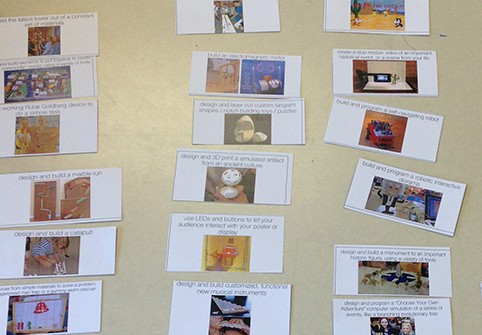
As more and more educational institutions are incorporating tinkering and “maker mindset” into their educational programs, the processes leading up to that incorporation vary broadly. In some schools, spaces for “making” and tinkering are outfitted before any programmatic discussions take place among the faculty (top-down). On others, a few teachers band together and develop a makerspace with little institutional support (bottom-up).
 My school fell into a wonderful medium between the two: 3 years ago, our board offered to incorporate a new makerspace into the large construction initiative that was just beginning and recruited a small group of teachers to start investigating, experimenting, and preparing the way. In those three years, we’ve visited other makerspaces, purchased and experimented with different tools, added whole new arts courses to test out ideas, and developed new academic units moving towards that mindset. In the past year, we’ve worked with the architects leading our larger overall project to perfect the design for our makerspace, and led committees focused on exploring innovative teaching practices and deeper use of technology. Now, this summer, our space is officially under construction! One of my students and several teachers had the honor of first sledgehammer swings to start demolition of the existing space, right on the beautiful mural that student painted in anticipation of the demolition: Break Down The Walls In Your Mind With Inspiration And Imagination.
My school fell into a wonderful medium between the two: 3 years ago, our board offered to incorporate a new makerspace into the large construction initiative that was just beginning and recruited a small group of teachers to start investigating, experimenting, and preparing the way. In those three years, we’ve visited other makerspaces, purchased and experimented with different tools, added whole new arts courses to test out ideas, and developed new academic units moving towards that mindset. In the past year, we’ve worked with the architects leading our larger overall project to perfect the design for our makerspace, and led committees focused on exploring innovative teaching practices and deeper use of technology. Now, this summer, our space is officially under construction! One of my students and several teachers had the honor of first sledgehammer swings to start demolition of the existing space, right on the beautiful mural that student painted in anticipation of the demolition: Break Down The Walls In Your Mind With Inspiration And Imagination.
From beginning to end, our goal was to develop a community-wide vision for our “maker mindset,” and to bring the whole faculty along, so that our makerspace and our community would be ready for each other at the same time.
One of the final activities we undertook in ensuring whole-community enthusiasm and vision for our “maker mindset” was an activity first developed and published by Meehan, Gravel, and Shapiro at Tufts University. You can read their formal publication here, and perhaps my implementation can support other schools in developing community-wide vision for their own growing “maker mindsets.”
Following the structure of the Tufts activity, I developed a deck of cards around tools, skills, mindsets, and content areas to first use to pull out participants’ most important values. Similarly, I also developed a deck of cards – mercilessly stealing images from around the internet – highlighting a wide variety of the types of activities one often sees in makerspaces, educational or otherwise. The general idea behind the activity is that participants first sort the “values” cards according to those most important to them and to the institution’s mission, and then sort the “activities” cards according to which activities will best support the top values. (You can find PDFs of my values cards and activities cards at the links. Both documents are formatted ready for front-and-back printing with the cards aligned decently well.)
I invited the whole faculty to participate, and asked for invitations to bring the activity to their classes too. While the Tufts article recommends conducting the activity with individuals, I conducted it with multiple small groups at a time, circulating to capture thoughts and explanations. Ultimately, I conducted the activity with:
- A first grade class
- A fourth grade class
- A mixed group of 6th and 7th graders
- Four small groups of teachers, mixed across the school
- (self-contained primary, art, subject-area middle, administrators, teaching assistants)
For the classes of students, due to both time constraints and limited reading ability of the first graders, I started with a verbal brainstorm of “what are the most important values we have at our school?” or “what characteristics do you think our school community wants our graduates to have?”
An interesting difference brought out in the teacher groups, in which they sorted values cards that I had created ahead of time rather than coming up with their own list of values, was that the teachers had to also identify which characteristics and values were least important. Students only identified the “yes”es, while teachers identified the “yes”es and the “no”s. This brought out some interesting ideas and explanations for why actual subject areas like math or history are less important than soft skills like independent confidence, perseverance, and collaboration. Craftsmanship was more important than specifically 3D printers and power tools. Creativity was more important than robotics. Universally among the teachers, soft skills were at the very top of their priorities.
Sorting the activities, rather than the values, brought out the most interesting ideas among both students and faculty. With a large stack of about 50 activity cards, foremost, most of the teachers had not thought of most of the activities. Simply looking through and discussing the cards led to rich brainstorming sessions of how to apply the ideas to their own classes:
- World language teachers were enthusiastic about incorporating green screen video technology to make travelogues for countries where the target language is spoken.
- Primary grade teachers were enthusiastic about applying design thinking principles and tinkering to create solutions to class problems.
- Middle school history teachers were enthusiastic about students creating gear-driven interactive dioramas.
- Music teachers were enthusiastic about building novel musical instruments, using both digital and physical technologies.
Critically, though, is what arose regarding how these different specific activities will support the mission and values of our school.
In going through this exercise, one first grader told me that, when doing the kinds of projects we’ll do in our makerspace, “You’re learning to do things by yourself instead of being told ‘it’s too dangerous.’”
A fourth grader said, “Projects with robotics are harder, so you need to start them earlier. It connects to a lot of jobs later in life.”
The kinds of activities that universally were selected as the most valuable were activities that required solving real problems, and activities that required complexity and troubleshooting. Although many agreed it would be fun to, “create your own ‘Guess Who?’ game board with characters relevant to an academic unit of study.” This activity was universally identified as not critical to serving our school’s mission and values. On the other hand, “design, prototype, and test a solution to a community problem” was universally identified among the most valuable.
Some interesting smaller patterns also emerged:
Teachers were more likely to identify simpler activities as valuable, in that they would help students develop skills needed for the more complex activities.
Students – from first all the way to 7th – almost universally identified the most complex tasks as the most valuable. Building and programming robots, building a functional custom video game controller for a custom-built game, and building an electromagnetic motor were all very popular, while squishy circuits and hand-sewn puppets were not.
I found this exercise exceptionally valuable in helping me create common language and identify common values throughout the school as I begin the final outfitting of our makerspace. It was also spectacularly helpful in seeding a deeper understanding of the space throughout our community, growing broader enthusiasm and sparking brainstorming among the students and faculty. I highly recommend giving it a try, whether you’re in early stages of planning a makerspace or have an established makerspace that can use a community boost.
For more blogs by Lindsey, check out:
For more blogs by Lindsey, check out:
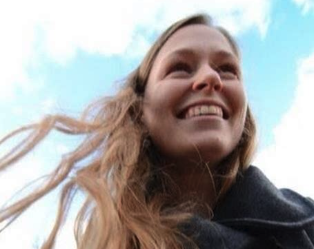



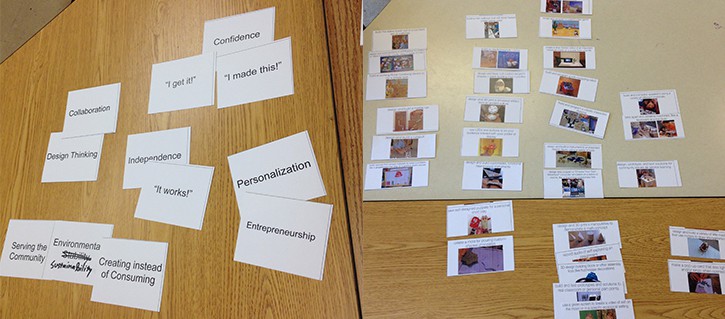

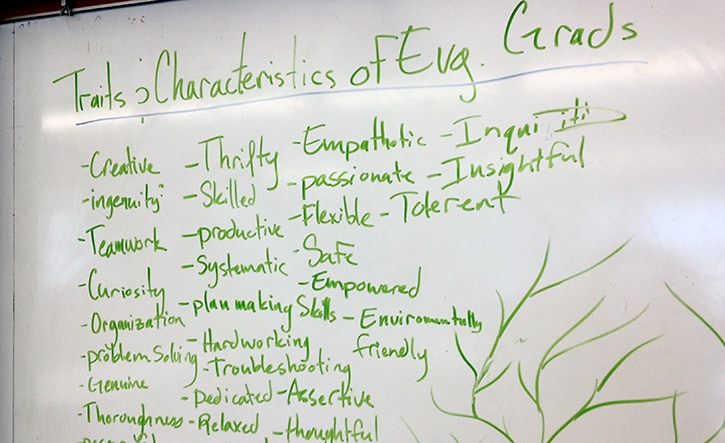
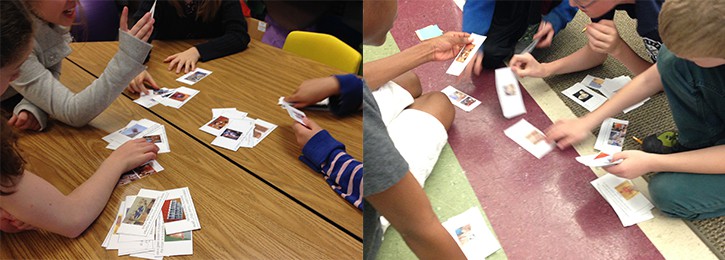

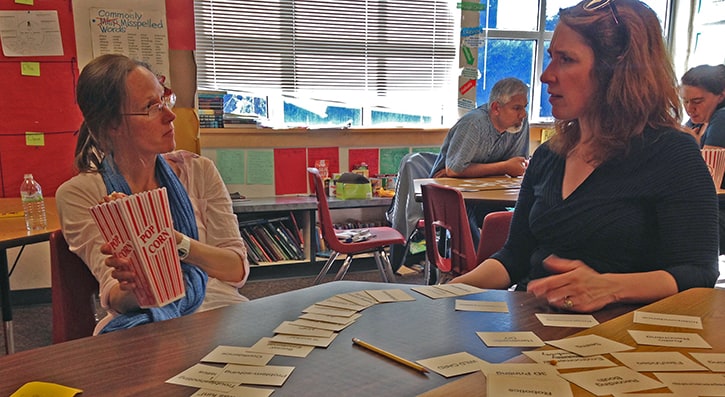
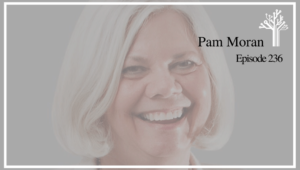
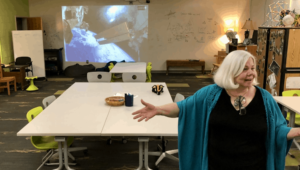

Beth Bartolotta
What an excellent article and activity to conduct to develop a common vision for Making. It also helps widen one's scope of what Making can accomplish. Thank you for the great resources!